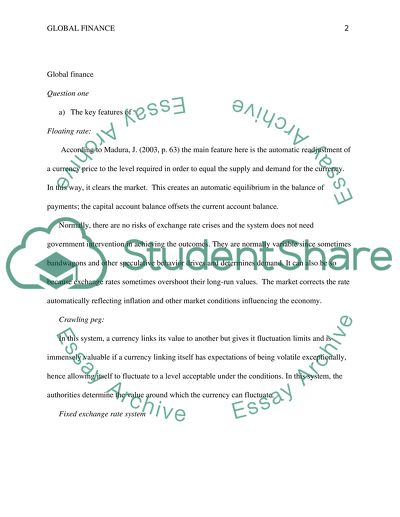Cite this document
(“Finance and Accounting Essay: Global finance Essay”, n.d.)
Retrieved from https://studentshare.org/finance-accounting/1393624-global-finance
Retrieved from https://studentshare.org/finance-accounting/1393624-global-finance
(Finance and Accounting Essay: Global Finance Essay)
https://studentshare.org/finance-accounting/1393624-global-finance.
https://studentshare.org/finance-accounting/1393624-global-finance.
“Finance and Accounting Essay: Global Finance Essay”, n.d. https://studentshare.org/finance-accounting/1393624-global-finance.


